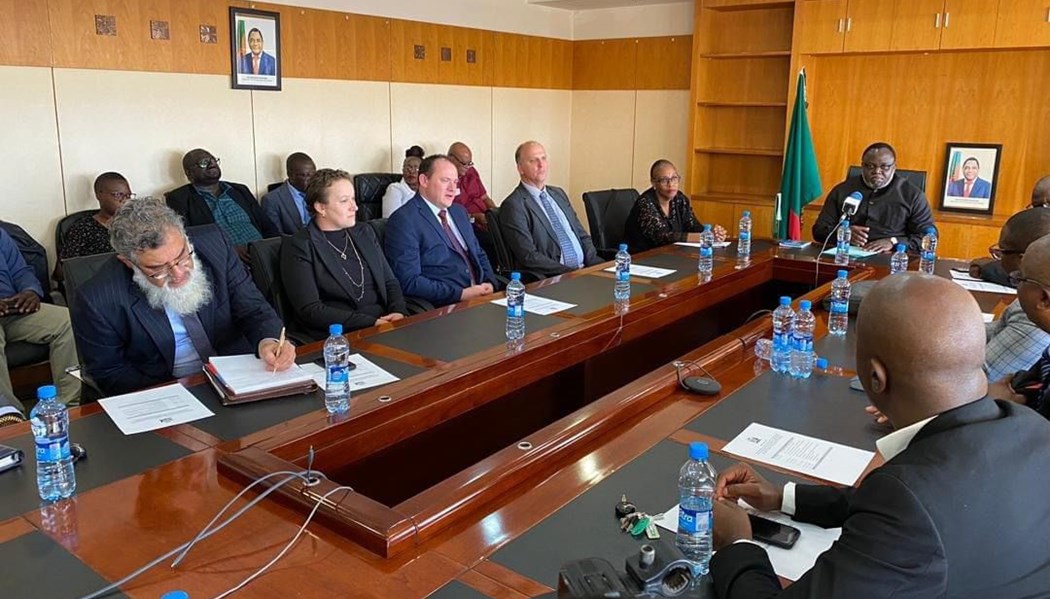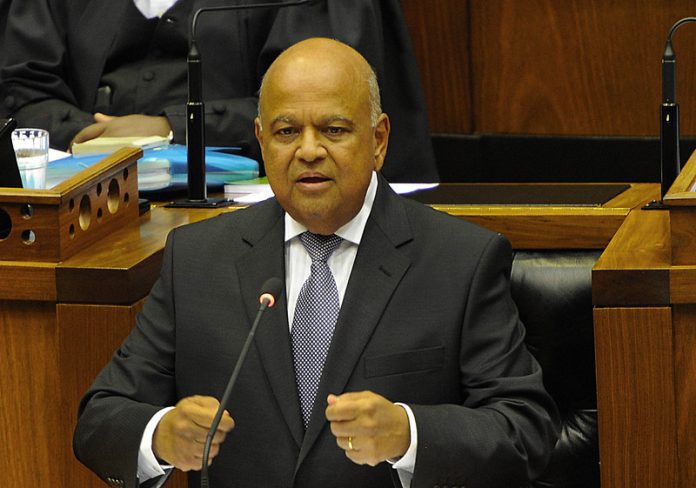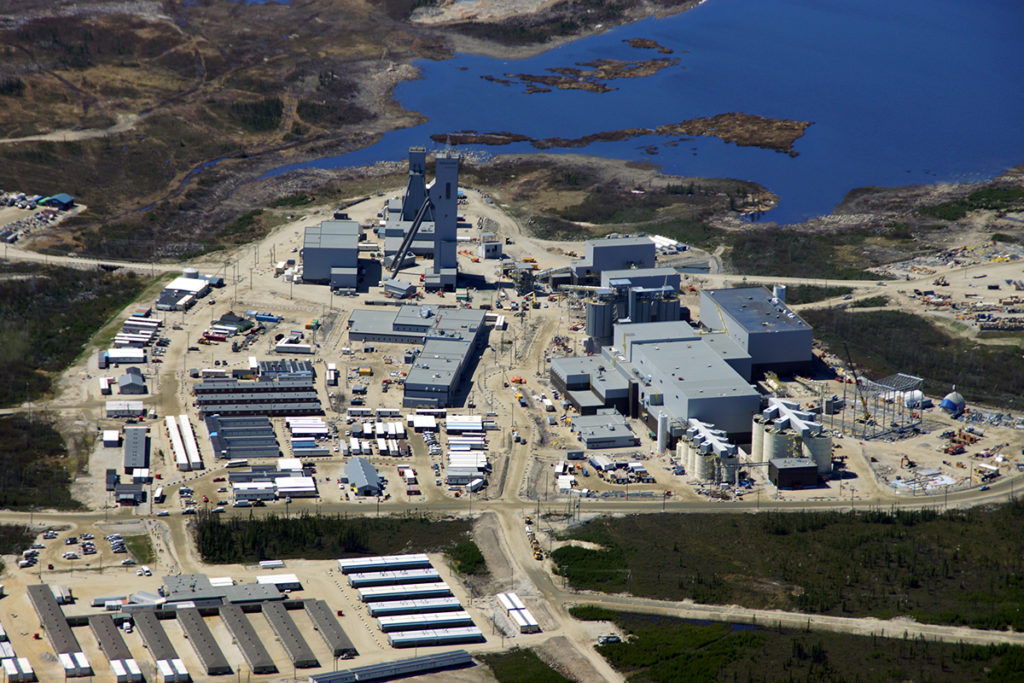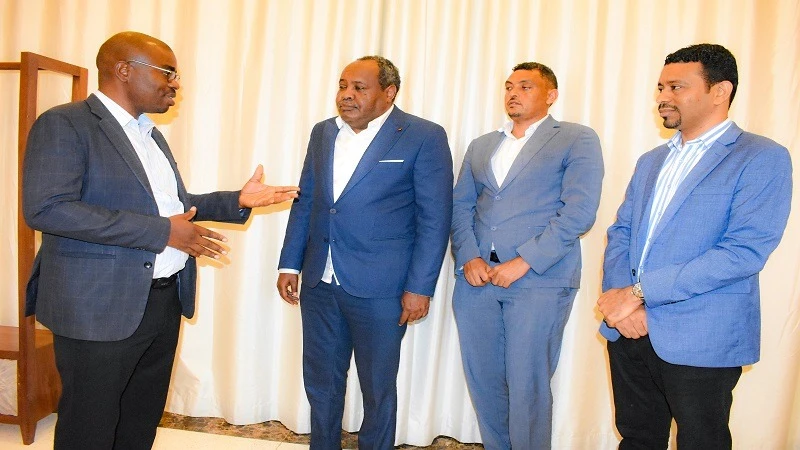Mining Other

The secret to mining contractor management success in Africa’s emerging markets

International companies expanding into Africa’s emerging markets often arrive with best-in-class contractor management systems, only to discover their systems do not work. This is because success in these markets depends on more than just technology. It requires a deep understanding of local infrastructure, cultural context, and operational realities.
From onboarding delays and limited digital access to language and literacy challenges, the African context presents issues that traditional systems, designed for mature economies, are not equipped to handle. In these markets, a hybrid model that blends structured systems with human engagement delivers far better results.
Why global systems fall short
Contractor management platforms developed in North America or Europe often assume universal digital literacy, smartphone access, and shared workplace norms around compliance and safety. These assumptions rarely hold up in remote regions of Africa.
The reality is that many mines – even in South Africa – still experience poor connectivity, high data costs, and frequent power disruptions. Concepts like compliance or risk mitigation may not exist in local languages, making training and communication more difficult. In countries like Zambia, where dozens of dialects are spoken, this complexity only increases.
Manual processes are also still widespread. Contractor onboarding often involves physical paperwork, long queues, and siloed approval processes. Contractors may spend days completing forms, attending medicals, and repeating training due to poor record-keeping. These inefficiencies waste time, cost money, and frustrate everyone involved.
Why centralisation matters
A centralised contractor management system addresses these pain points by unifying all onboarding elements such as document collection, safety training, medicals, and approvals into a single streamlined workflow. But for this approach to succeed in Africa, it must be fit for purpose. That means it needs to be easy to use, flexible, and capable of working offline.
When implemented correctly, centralised systems can dramatically cut costs and improve efficiency. One major platinum mining operation in South Africa saved R469 million in 2024 and reduced onboarding-related compensation claims by 99% simply by digitising and simplifying its process.
However, these outcomes are not driven by digital tools alone and technology must be paired with people. That is where the hybrid model comes in – combining robust, fit-for-purpose systems with on-the-ground expertise to ensure adoption, alignment, and real-world impact.
Why a hybrid model works
Digital tools provide structure, but people make them work. Without local facilitators to support adoption and guide users through the process, even the most sophisticated system is likely to fail.
A hybrid model places skilled professionals on site to bridge the gap between the system and the workforce. These facilitators help contractors and supervisors through each stage of onboarding and build confidence in the new way of working. Over time, as familiarity grows, operations can become more automated, but in the early stages, hands-on support is essential.
This approach also recognises the realities of the workforce, many of whom come from rural areas with limited exposure to technology. A human-centred rollout builds trust, promotes inclusivity, and drives behaviour change on the ground.
The role of outsourced experts
For international companies unfamiliar with African markets, working with specialist service providers is a smart move. These local experts offer tested systems, deep contextual knowledge, and trained personnel who can manage contractor administration on behalf of the client.
Outsourcing contractor management to experienced specialists enables multinational companies to implement processes suited to local conditions. These providers bring regional expertise, fit-for-purpose systems, and trained personnel to manage onboarding, safety, and compliance effectively. This ensures operations run smoothly from the outset, without placing additional pressure on internal teams. It also allows businesses to remain focused on their core priorities, while trusted partners handle the administrative and regulatory demands of operating in new markets.
Driving compliance, competence, and commitment
Effective contractor management is, practically speaking, the foundation for a culture of safety and accountability. The Three C’s framework of compliance, competence, and commitment provides a practical way to measure this.
Digital systems make compliance visible, allowing mines to track safety certifications and onboarding progress in real time.Competence is ensured through structured onboarding that verifies practical skills. Commitment is shown by leadership, who set the tone from the top. The adoption of a centralised, hybrid approach to contractor management shows a clear investment in safety, efficiency, and sustainable growth.
A better experience for all
When executed correctly, contractor management strengthens both operational performance and workplace culture. A well-designed, centralised system gives leaders the structure and visibility needed to drive compliance and improve safety – but systems alone cannot create understanding, build trust, or support behavioural change.
In Africa’s emerging markets, where diversity, infrastructure, and access vary widely, success depends on a hybrid approach that balances technology with touch. By combining centralised, systems with experienced human support, often delivered through specialised partners, companies can reduce risk, improve safety, and send more people home safely at the end of the day.












